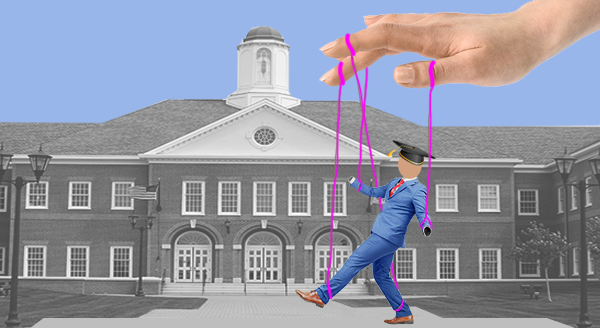
Four-sides model - Wikipedia
The four-sides model (also known as communication square or four-ears model) is a communication model postulated in 1981 by German psychologist Friedemann Schulz von Thun. According to this model every message has four facets though not the same emphasis might be put on each. The four sides of the message are fact, self-disclosure, social relationship between sender and receiver, and wish or want.[ 1]
The four-sides model also known as communication square or four-ears model is a communication model described in 1981 by German psychologist Friedemann Schulz von Thun.[ 2] [ 3] It describes the multi-layered structure of human utterances. In it von Thun combined the idea of a postulate (the second axiom) from psychologist Paul Watzlawick, that every message contains content and relational facets,[ 4] with the three sides of the Organon model by Karl Bühler, that every message might reveal something about the sender, the receiver, and the request at hand.[ 5] These models are part of the linguistic speech act theory.
Every layer of a message can be misunderstood by itself. The classic example of Schulz von Thun is the front-seat passenger who tells the driver: "Hey, the traffic lights are green". The driver will understand something different, depending on the ear with which he will hear, and will react differently. (On the matter layer he will understand the "fact" "the traffic lights are green", he could also understand it as "Come on, drive! ."-"command", or on the "relationship" could hear a help like "I want to help you, or if he hears behind it: I am in a hurry the passenger reveals part of himself "self-revelatory".") The emphasis on the four layers can be meant differently and also be understood differently. So the sender can stress the appeal of the statement and the receiver can mainly receive the relationship part of the message. This is one of the main reasons for misunderstandings.[ 2]
























